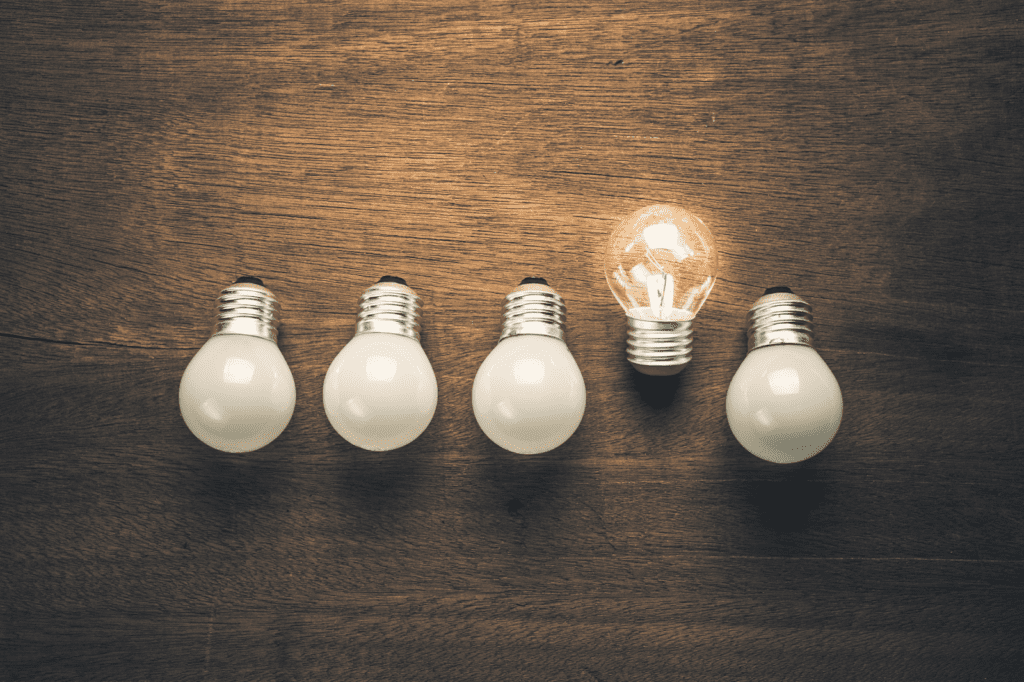7 Green Energy Solutions to Try Around Your Home

Are you looking for ways to become more eco-friendly and save money on your energy bills?
In this post, we’ll introduce you to 7 green energy solutions that are easy to implement around your home. From solar panels to smart thermostats, these solutions will not only reduce your carbon footprint but also help you save money in the long run.
So let’s get started and make our homes a little greener!
1. Solar Panels
Solar energy panels are a great way to reduce your carbon footprint and save money on your energy bill. Solar panels work by converting sunlight into electricity, which can be used to power your home or business.
Solar panels are a great investment for any green-minded individual or a business owner. If you’re interested in solar power, you may want to see this page.
2. Wind Turbines
Wind turbines are one of the most efficient and eco-friendly ways to generate energy. They work by harnessing the power of the wind to rotate blades that turn a generator, producing electricity. Wind turbines can be used to power:
- homes
- businesses
- entire communities
There are many different types of wind turbines available on the market, so it’s important to do your research before purchasing one. The size of the turbine, the amount of electricity it produces, and the noise it makes are all important factors to consider.
Installing a wind turbine is not a quick or easy process, but it is worth it in the long run. Not only will you be saving money on your energy bills, but you’ll also be doing your part to help save the planet.
3. Geothermal Heat Pumps
These work by using the ground as a heat source in winter and a heat sink in summer. In winter, the system circulates a mixture of water and antifreeze through underground pipes, where it is warmed by the earth’s heat.
The warm fluid then passes through a heat exchanger to transfer its warmth to the air inside your home. In summer, the process is reversed, with the system cooling your home by circulating the fluid through the underground pipes, where it loses its heat to the cooler earth.
4. Energy-Efficient Lighting
When it comes to saving energy and money, one of the best things you can do is upgrade your home’s lighting. Energy-efficient lighting uses less electricity and lasts longer than traditional bulbs, so you’ll save money on your energy bill and won’t have to replace your bulbs as often.
There are a variety of energy-efficient lighting options available, so you can choose the option that best fits your needs. LED bulbs are the most energy-efficient option, but they can be more expensive upfront.
If you’re looking for a more budget-friendly option, CFL bulbs use about 75% less energy than traditional incandescent bulbs and last 10 times longer. Making the switch to energy-efficient lighting is a simple way to save money and energy, so it’s a great green solution for your home.
5. Smart Thermostats
There are a few different ways you can make your home more energy-efficient, but one of the best is to install a smart thermostat. Smart thermostats learn your heating and cooling preferences and then adjust themselves accordingly.
This way, you’re never using more energy than necessary. They can save you up to 30% on your energy bill, so it’s worth considering if you want to go green and save some money at the same time!
6. Energy-Efficient Appliances
When it comes to saving energy around your home, one of the best places to start is with your appliances. Many common household appliances can consume a lot of energy, so by opting for more energy-efficient models, you can make a big impact.
One easy way to find more energy-efficient appliances is to look for the ENERGY STAR® label. ENERGY STAR-certified appliances are independently verified to meet strict energy efficiency criteria set by the US Environmental Protection Agency (EPA). In general, ENERGY STAR-certified appliances use 10-50% less energy than standard models.
Some specific appliance categories where you’ll find ENERGY STAR options include:
- refrigerators
- dishwashers
- clothes washers
- dryers
- water heaters
- room air conditioners
When shopping for a new appliance, compare the annual operating cost of different models to see how much you could save on your utility bills over time.
Another factor to consider when selecting new appliances is whether they offer advanced features that can save even more energy. Many newer refrigerator models come equipped with automatic defrost cycles that reduce the amount of power needed to keep them running efficiently.
Some clothes washer and dryer models feature sensors that automatically adjust water and drying times based on the size and type of load being washed or dried. And tankless water heaters provide instant hot water while only heating the water that you need, rather
7. Rainwater Harvesting
Rainwater harvesting is a process of collecting and storing rainwater for future use. It can be used for irrigation, household purposes, or even to recharge groundwater aquifers.
One of the main benefits of rainwater harvesting is that it can help reduce your reliance on municipal water supplies, which can often be expensive or subject to water restrictions during droughts. Additionally, using harvested rainwater can help reduce your home’s impact on the environment by reducing the amount of stormwater runoff and the pollutants it carries.
There are a few things to consider before setting up a rainwater harvesting system, such as the size of your roof and the amount of rainfall in your area. You’ll also need to ensure that your storage tank is properly installed and maintained to avoid contamination. But if you’re looking for a way to save water and money, rainwater harvesting is worth considering!
Consider These Green Energy Solutions
From solar, wind, and hydro clean energy sources, to green transportation options, green energy solutions can help build a more sustainable and eco-friendly future. Consider taking the pledge to reduce carbon emissions, as well as investing in green energy solutions to power yourself and your community. Together, we can protect the environment, our planet, and its people!
Research Snipers is currently covering all technology news including Google, Apple, Android, Xiaomi, Huawei, Samsung News, and More. Research Snipers has decade of experience in breaking technology news, covering latest trends in tech news, and recent developments.












